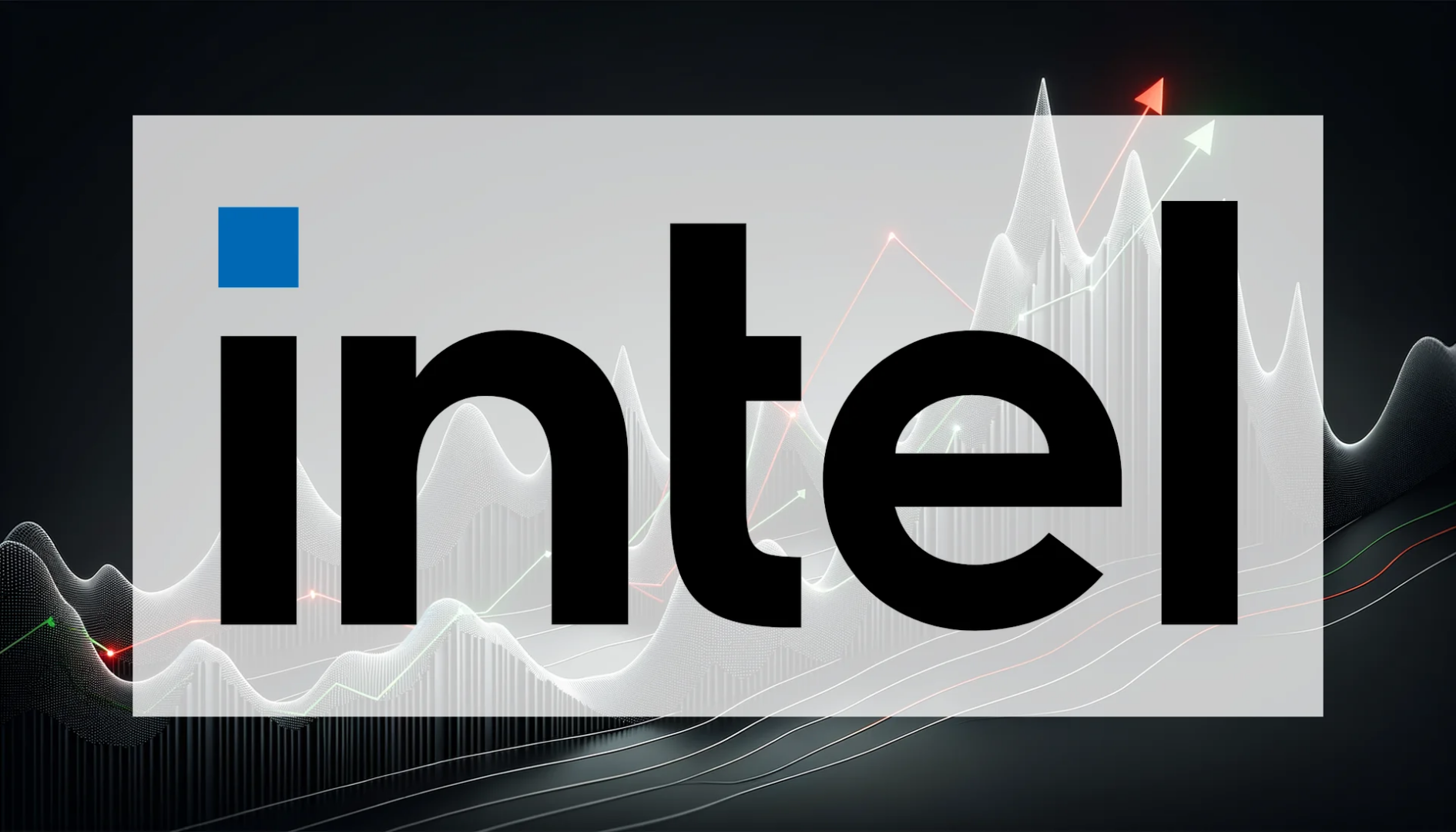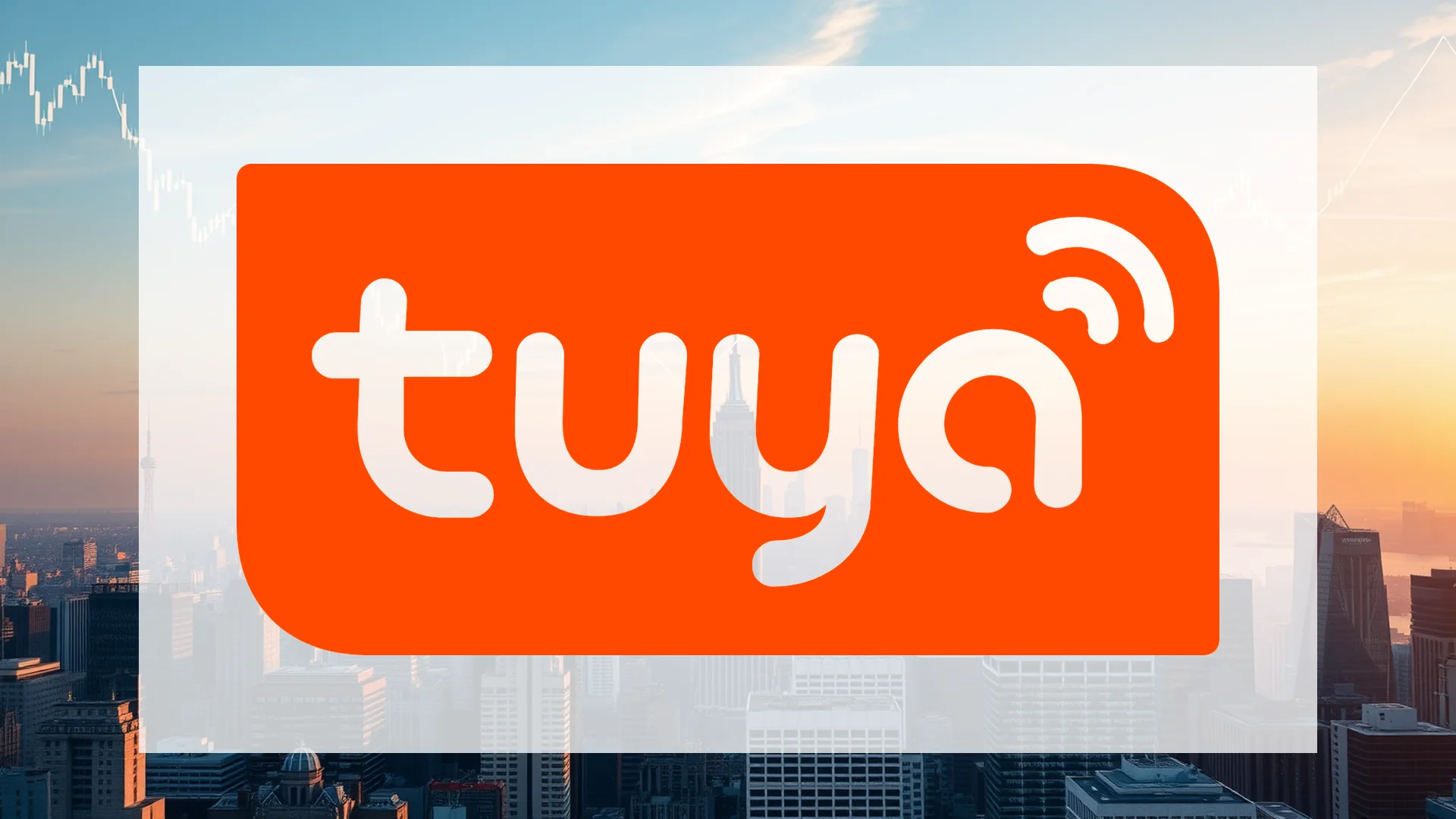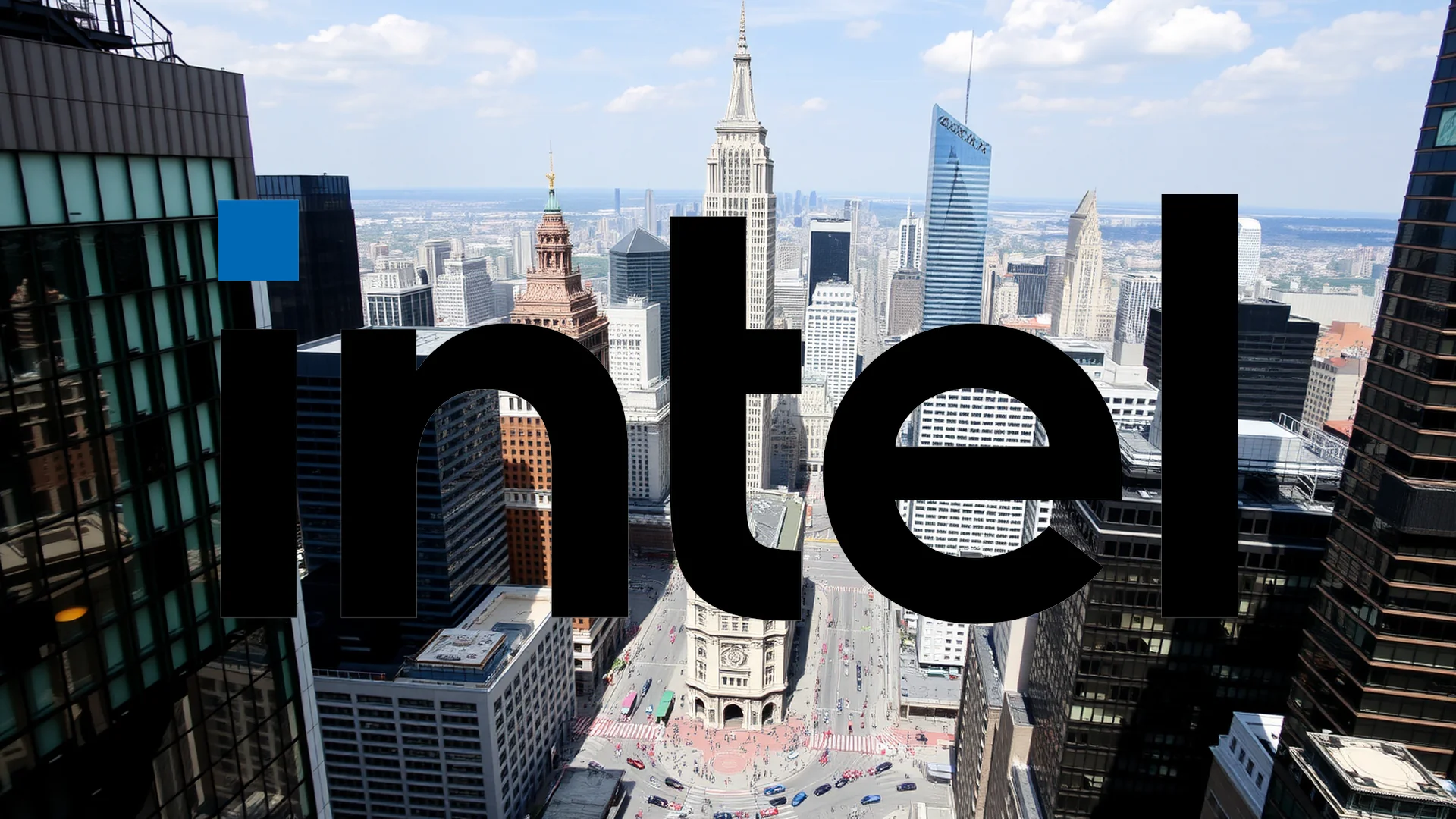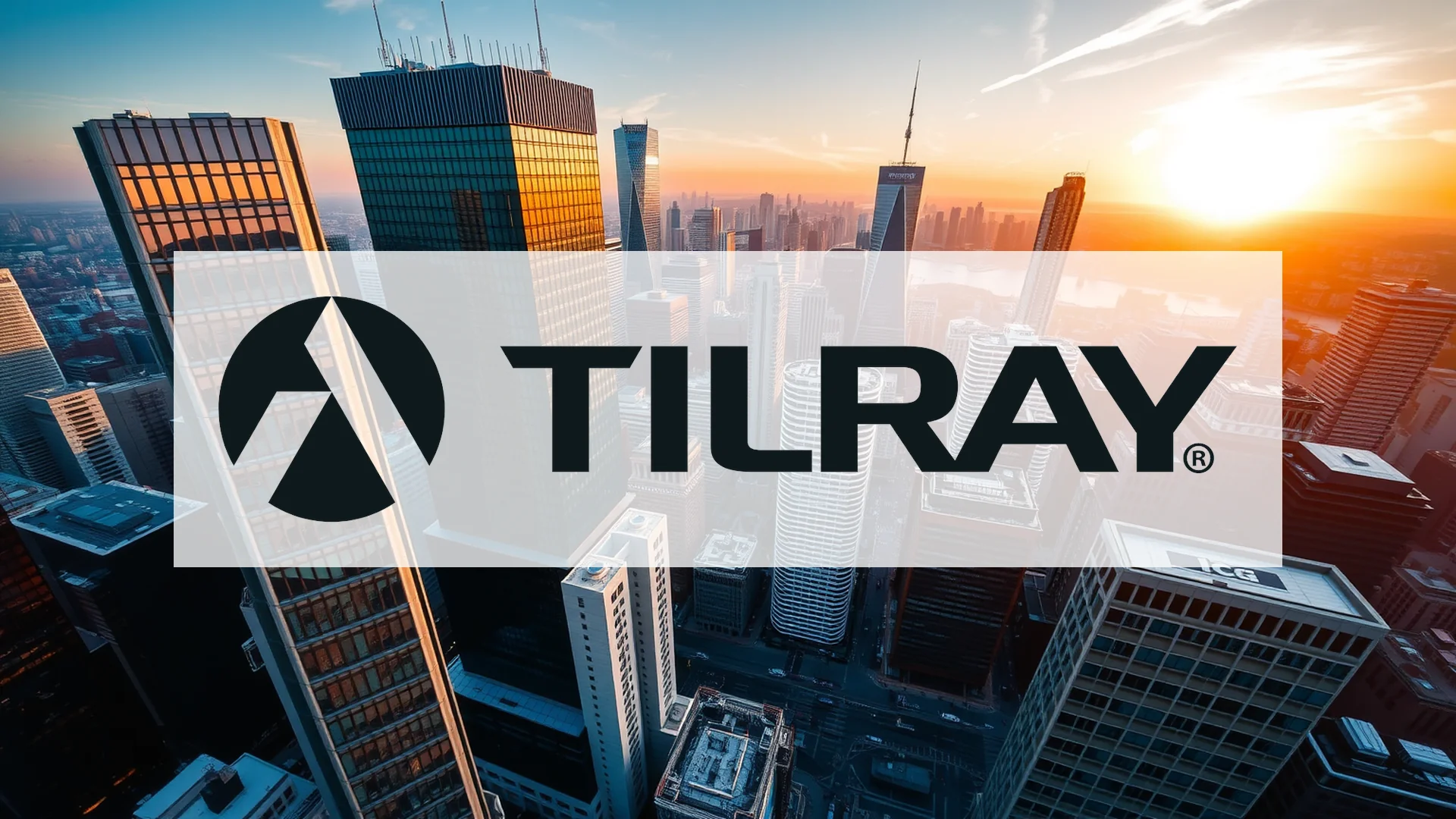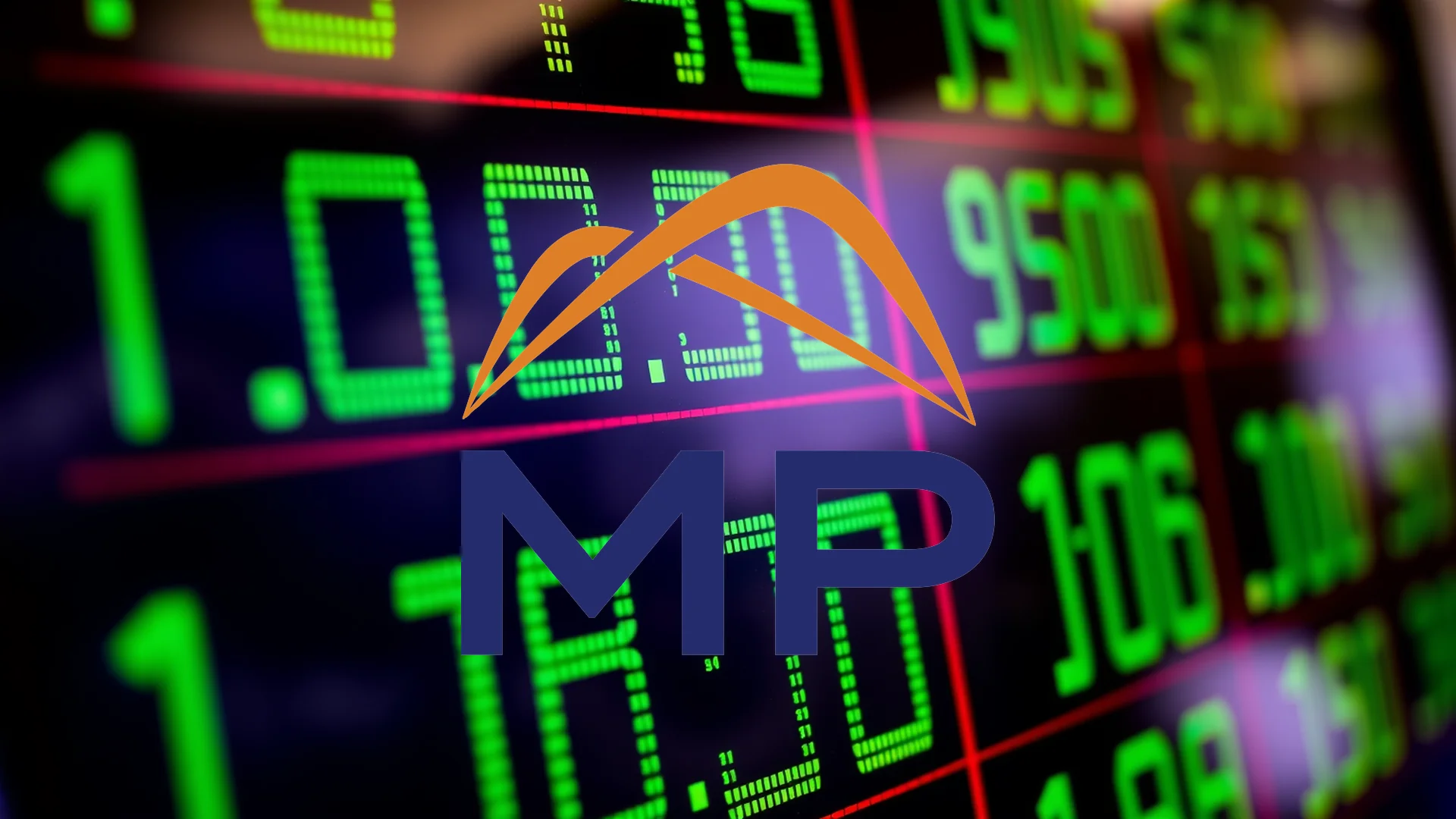Intel Corporation finds itself navigating a profound crisis, a reality widely acknowledged across the tech sector. Under the direction of CEO Lip-Bu Tan, the semiconductor giant is accelerating the pace of its comprehensive overhaul. A fresh wave of significant leadership changes announced this Monday underscores that the company’s transformation initiative is far from complete. The critical question remains whether this aggressive strategy can ultimately return Intel to a trajectory of sustained growth.
Strategic Appointments Reshape Top Management
The most notable departure is that of Michelle Johnston Holthaus, who is leaving the company after a tenure exceeding thirty years. Following the abrupt dismissal of Pat Gelsinger in December 2024, Holthaus had briefly served as co-CEO and was recognized as one of the most influential figures within the corporation.
Her successor is being recruited externally. Kevork Kechichian is moving from Arm Holdings to take command of Intel’s crucial data center division. This appointment is viewed as a strategic masterstroke, given Arm’s established reputation as an innovator in advanced processor technology. In a parallel move, Jim Johnson, a veteran with four decades of experience at Intel, has been named to lead the PC chip business unit.
A Radical Operational Overhaul
These executive shifts are a deliberate component of Tan’s clear-cut plan. The corporate leadership structure is being radically streamlined, with the principal chip divisions now set to report directly to the CEO. Concurrently, the establishment of a new “Central Engineering Group,” to be headed by Srinivasan Iyengar, signals a serious commitment to Intel’s foundry aspirations.
The overarching objective is a fundamental shift in Intel’s business model: to not only manufacture its own semiconductors but also to become a production partner for external clients. This move represents a direct challenge to the current market leader, Taiwan Semiconductor Manufacturing Company (TSMC).
Should investors sell immediately? Or is it worth buying Intel?
Aggressive Cost-Cutting Measures Continue
This extensive restructuring is unfolding against a backdrop of intense financial pressure. The company is proceeding with plans to eliminate approximately 25,000 positions by the end of the year—a reduction equivalent to 22% of its workforce. The financial results for Q2 2025 were sobering; revenue remained flat year-over-year at $12.9 billion, culminating in a net loss of $0.67 per share.
Adding another layer of complexity is the involvement of the U.S. government. In an unprecedented state intervention into a major technology firm, the Trump administration secured a 9.9% stake in Intel for $8.9 billion in August.
A High-Stakes Balancing Act
Market analysts are offering mixed perspectives on the leadership overhaul. On one hand, Kechichian brings invaluable expertise from the Arm ecosystem. On the other, Intel is sacrificing Holthaus’s deep institutional knowledge and extensive internal networks, built over decades.
The company is now engaged in a race against time. As key rivals AMD and Nvidia capitalize on booming AI markets, Intel remains focused on the arduous task of executing its foundry strategy. The efficacy of Tan’s radical approach will be measured in the company’s performance over the coming quarters.
Ad
Intel Stock: Buy or Sell?! New Intel Analysis from December 19 delivers the answer:
The latest Intel figures speak for themselves: Urgent action needed for Intel investors. Is it worth buying or should you sell? Find out what to do now in the current free analysis from December 19.
Intel: Buy or sell? Read more here...

